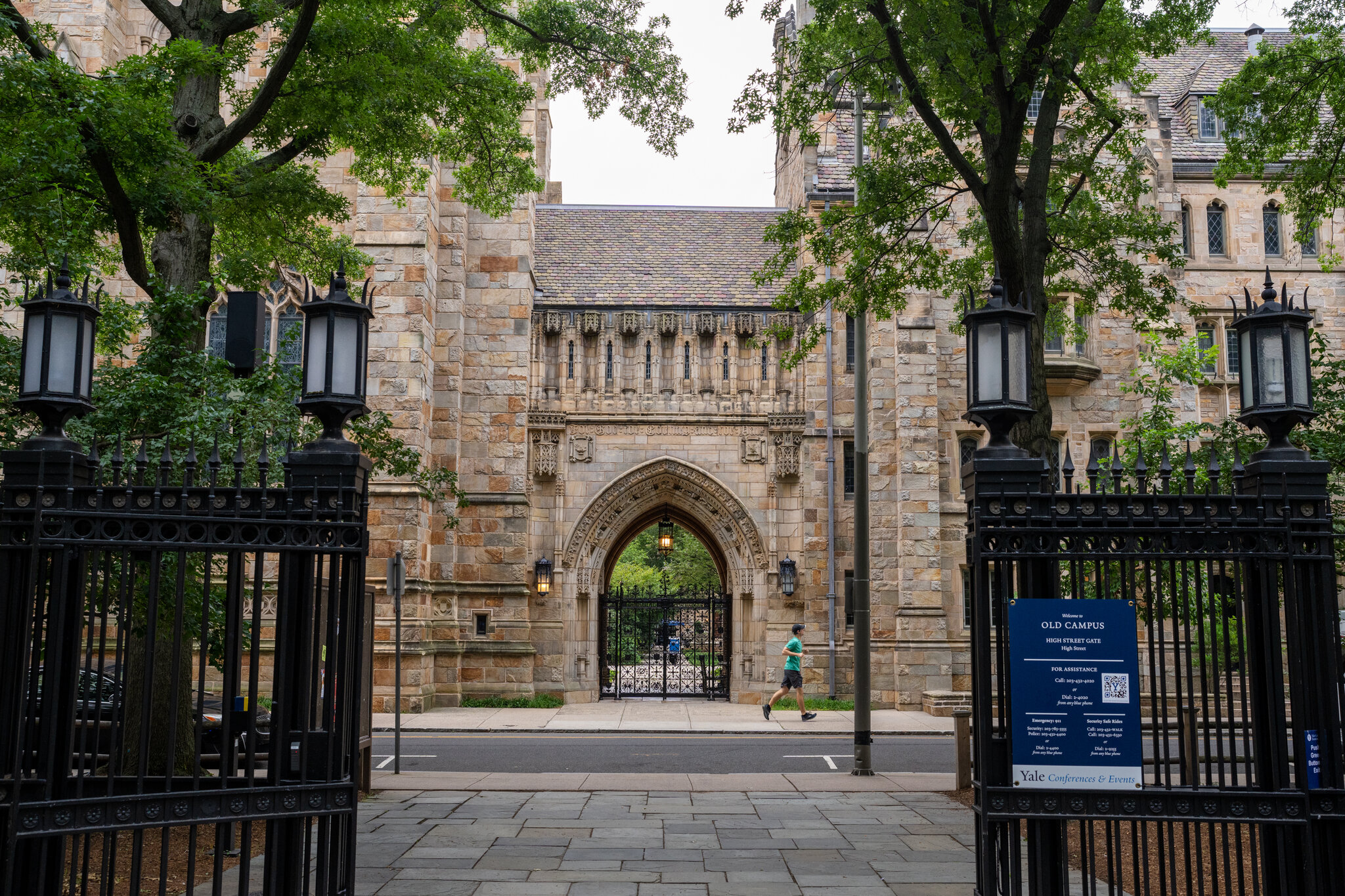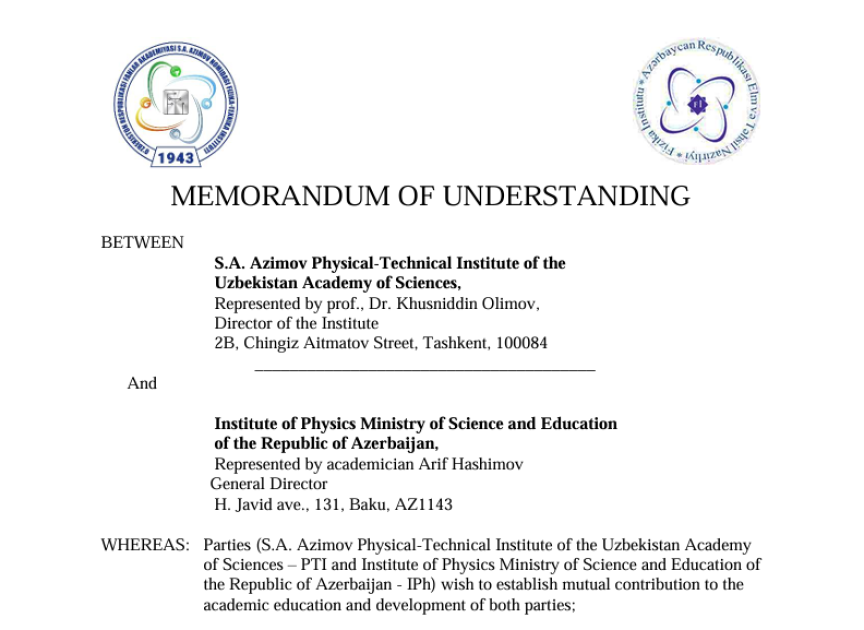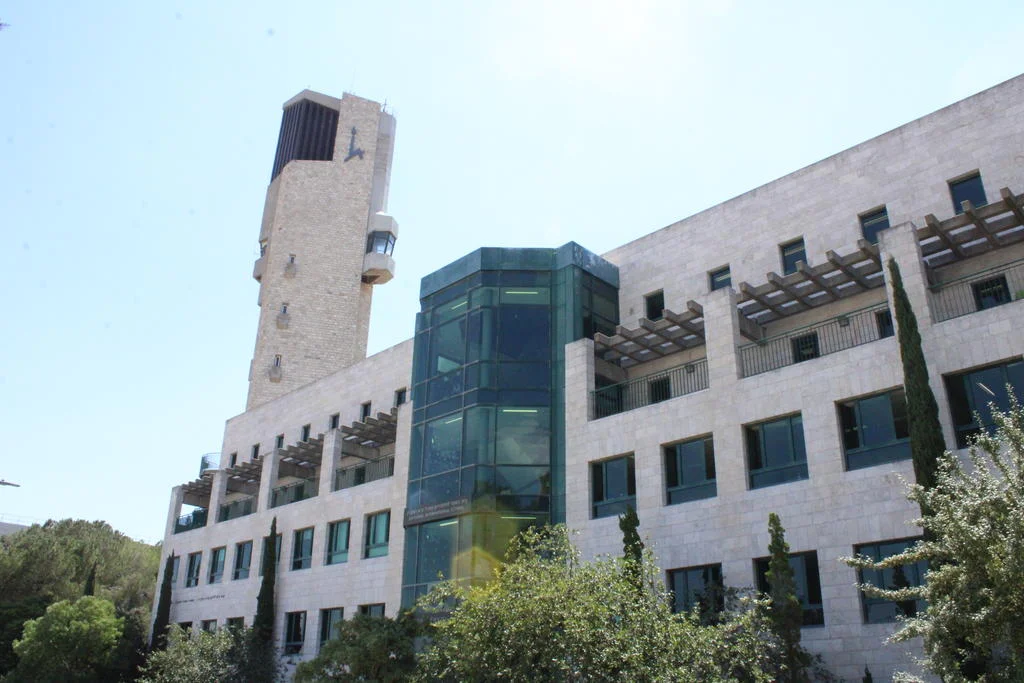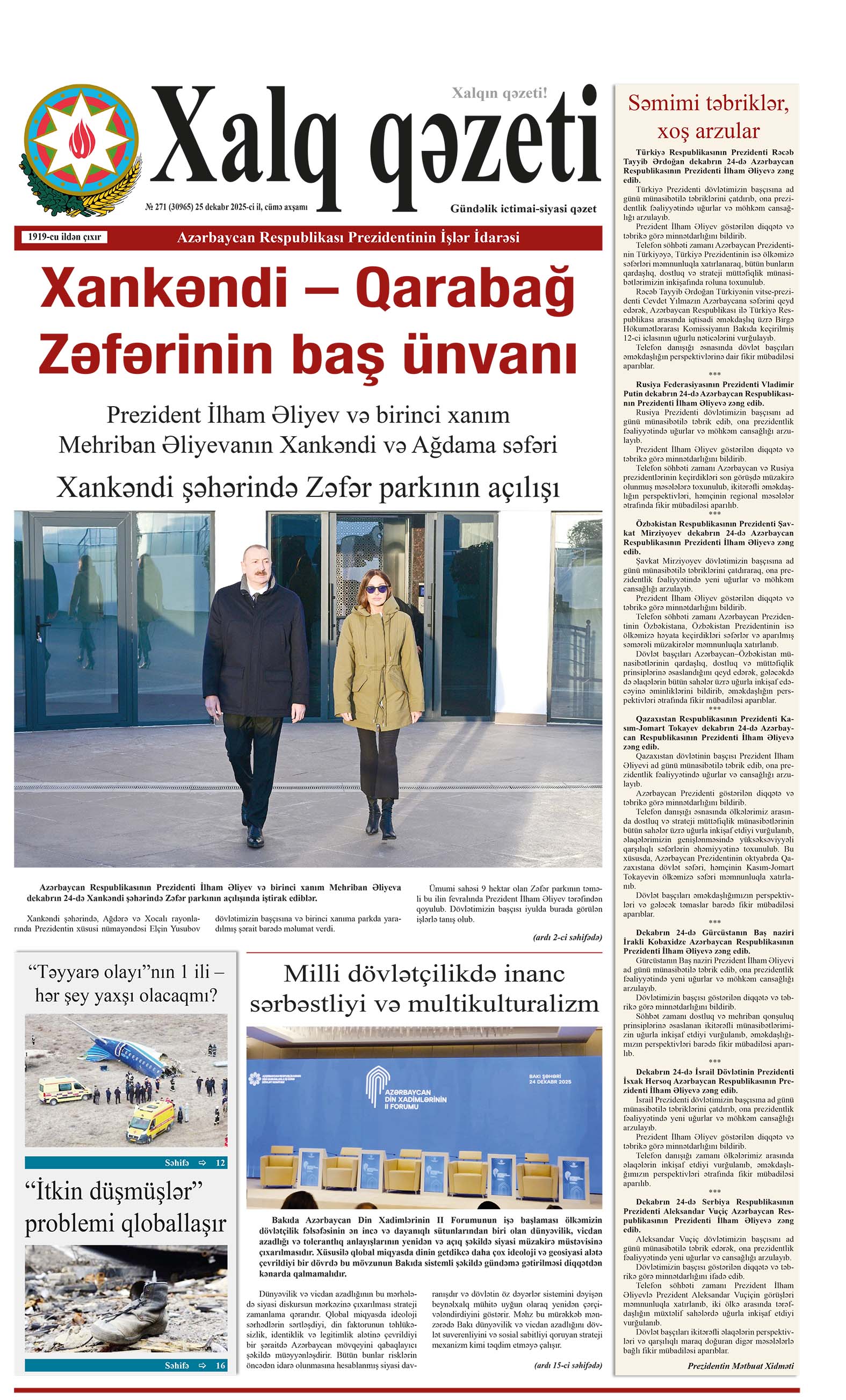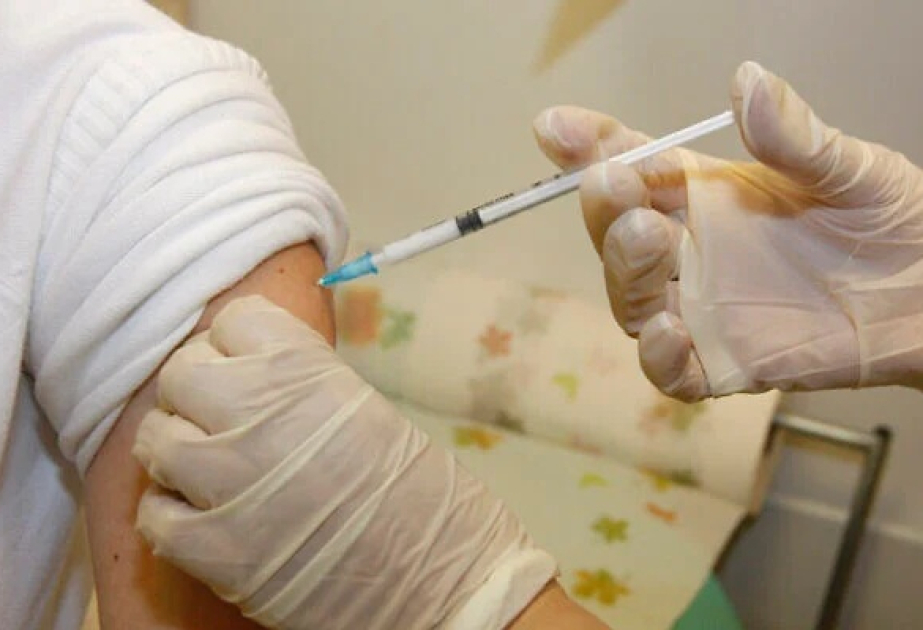Carbon and water important for the emergence of life have been found in a soil sample collected from the asteroid Bennu, which NASA considers a potentially dangerous object, XQ informs referring to Live Science.
The sample - 3.5 to 8.8 ounces (100 to 250 grams) of rocky space rubble collected by the OSIRIS-REx spacecraft - is thought to contain some of the earliest precursors to life and is the first chunk of a space rock ever grabbed by a NASA mission.
NASA scientists first revealed the sample on October 11 after it hurtled back to Earth aboard the OSIRIS-REx capsule at speeds of up to 27,000 mph (43,000 km/h). After a seven-year, 4 billion-mile (6.4 million kilometers) round trip, the capsule deployed its parachute and safely landed in the Utah desert before being transported to Johnson Space Center in Houston, where scientists began analyzing its contents for signs of life beyond our planet.
Bennu is a potentially hazardous asteroid that has a 1-in-2,700 chance of striking Earth in the year 2182 - the highest odds of any known space object. But the scientists are more interested in what's trapped inside the space rock: the possible extraterrestrial precursors of life on Earth.
"This is the biggest carbon-rich asteroid sample ever returned to Earth," NASA Administrator Bill Nelson said at a news conference upon the sample's return. "Carbon and water molecules are exactly the elements we wanted to find. They're crucial elements in the formation of our own planet, and they're going to help us determine the origins of elements that could have led to life."



